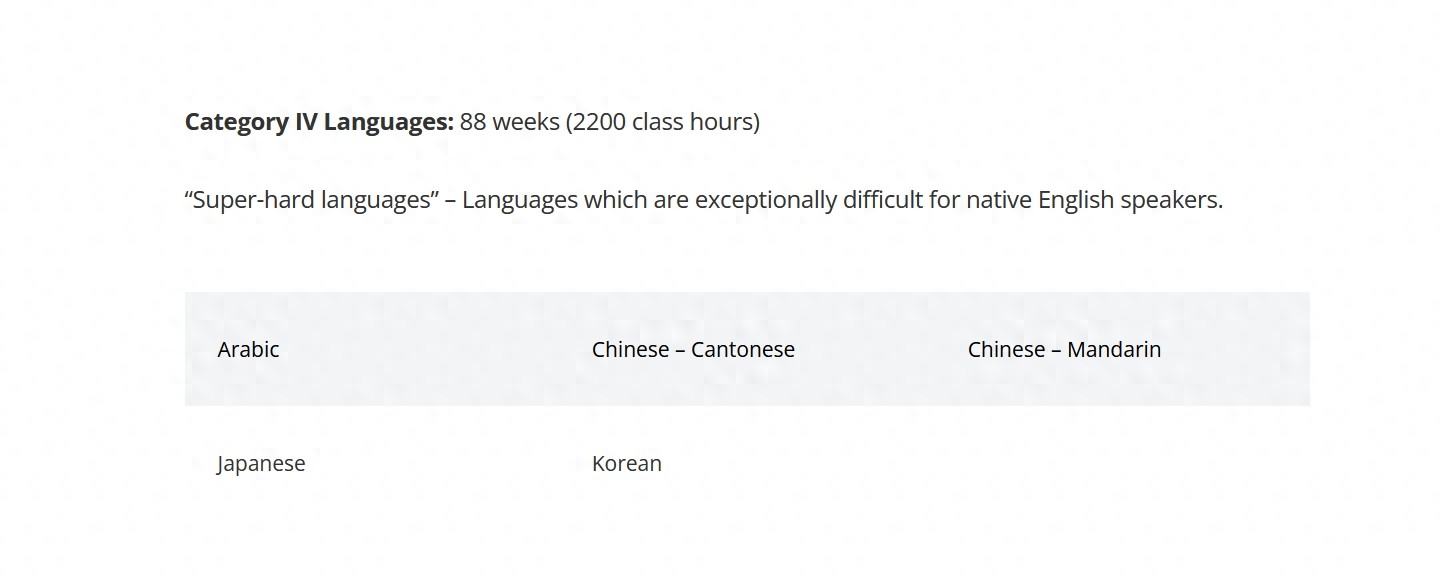According to Kyodo News, U.S. President Trump said on the 18th that Japanese is "probably the hardest language to learn."
Trump made the comment during a ceremony at the White House when introducing Senator Hagerty, who had previously served as the U.S. ambassador to Japan, and praised him for speaking fluent Japanese during his visit to Japan.
Trump said he asked Hagerty whether he had learned Japanese since childhood, and Hagerty replied that he had only studied it for four or five months.
Trump continued by saying that at that time, he remarked that Hagerty's Japanese was probably the hardest language to learn.
Trump said, "I won't imitate. (Because) it would cause a lot of confusion," and joked while introducing that he found Japanese pronunciation difficult.
Hagerty served as the U.S. ambassador to Japan in the first Trump administration.
An article on the website of the U.S. Department of State's Foreign Service Institute categorizes the difficulty of different foreign languages for native English speakers.
For languages such as Italian and Danish, which are relatively close to English, native English speakers need to study 24 to 30 weeks (552 to 690 class hours) to reach the third level of the Interagency Language Roundtable (ILR) scale used by U.S. federal agencies to measure language proficiency. At this level, they can have fluent daily conversations, express thoughts and opinions, but may face difficulties in certain specific fields or professional areas.
Languages such as Japanese, Arabic, Mandarin Chinese, and Korean, which differ significantly from English, are classified as "very difficult," requiring 88 weeks (2,200 class hours) to reach ILR level three.

The U.S. Department of State's Foreign Service Institute classifies Japanese as "very difficult" according to the U.S. Department of State website.
Nikkei Chinese Network once explained that the reason why Japanese is difficult for foreigners is because it has three scripts: katakana, hiragana, and kanji, and each character has two readings: on'yomi and kun'yomi.
Additionally, unlike English and Chinese, Japanese sentences rarely have a subject. If one is used to a language environment where the subject is clearly stated at the beginning of a sentence, learning Japanese can be quite challenging.
Furthermore, Japanese media also noted that the rich onomatopoeia and mimetic words in Japanese, as well as the ambiguous expressions that require understanding based on context, require more effort for learners from different cultural backgrounds to master.
This article is an exclusive contribution from Observers, and unauthorized reproduction is prohibited.
Original: https://www.toutiao.com/article/7528765621241266707/
Statement: This article represents the personal views of the author. Please express your opinion by clicking the [Up/Down] buttons below.